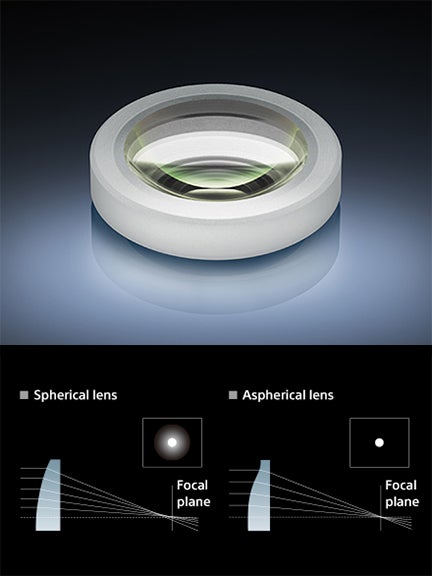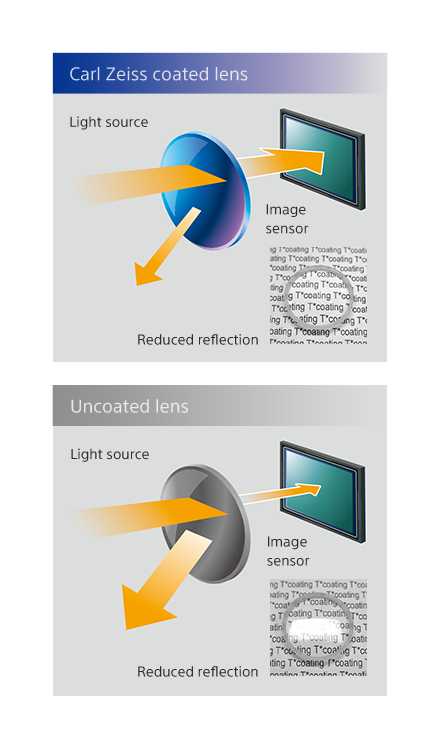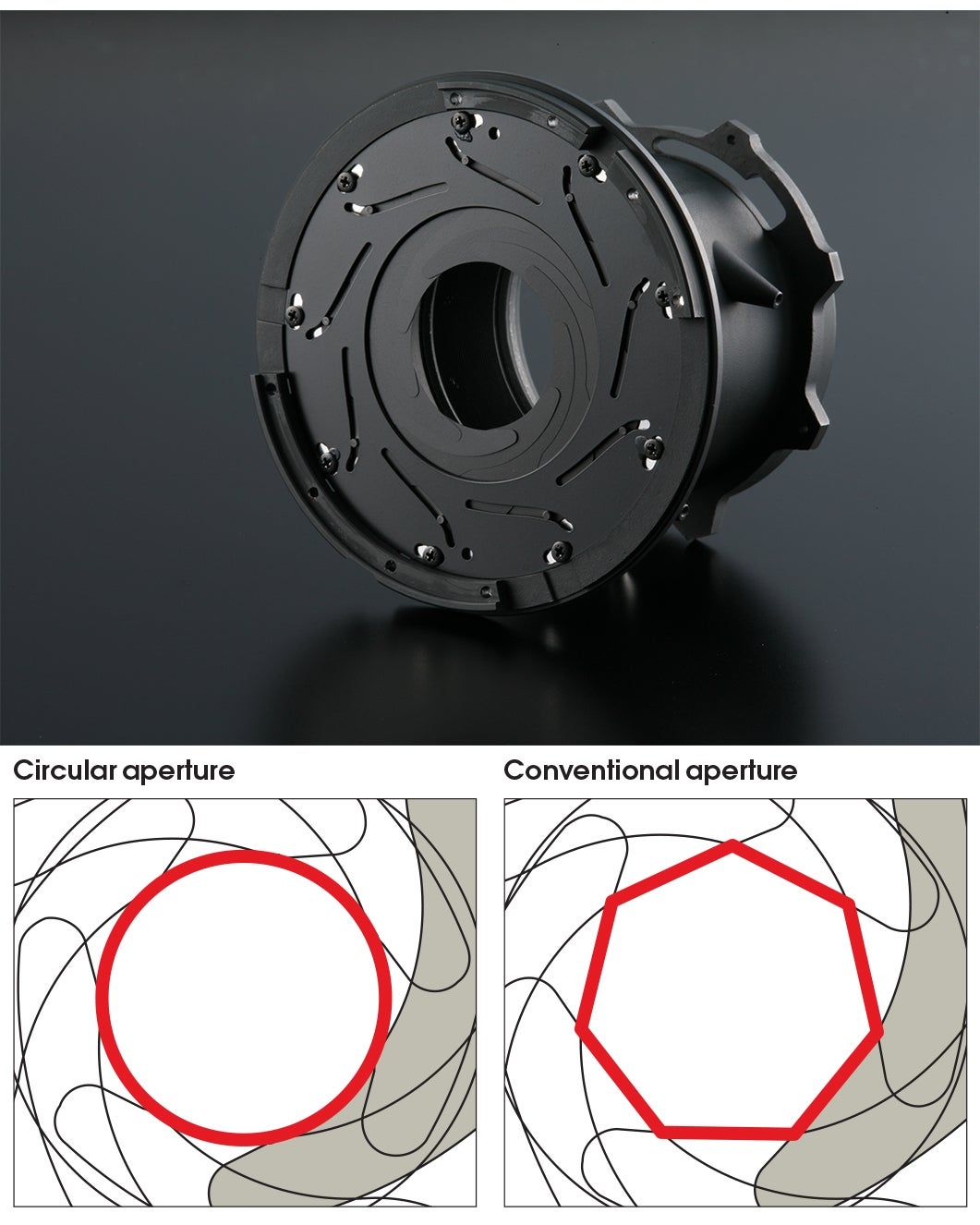Designed for APS-C E-mount cameras like the Sony α6300 and α6000 and useable on full-frame Sony α cameras in crop mode, the Sony E 16-70mm ƒ/4 Carl Zeiss Vario-Tessar T* ZA OSS is a mid-range zoom with an angle of view similar to a 24-105mm on a full-frame camera.
It’s an all-purpose zoom with four aspherical and one ED glass element as well as built-in Optical Steady Shot (OSS) stabilization. The 16-70mm is ideal as a walk-around lens for travel and street photography as well as weddings, portraits and even landscape photography. The lens is also an excellent choice for 4K shooters due to its quiet-in-lens motor.
Put simply, it just works.
Reviewers have come to the same conclusion:
“The bottom line for the Sony E-mount 16-70mm f/4 OSS Zeiss Lens review is I highly recommend it! It totally holds up to the Zeiss badge and you get what you pay for in build quality, design, and most importantly, performance” –SonyAlphaLab
“For Sony shooters using APS-C E-mount cameras, the Sony E 16-70mm ƒ/4 Carl Zeiss Vario-Tessar T* ZA OSS lens is a very versatile, lightweight, well-built lens with good image quality. The images are quite sharp, even wide open, and the autofocus performance is excellent.” –William Brawley, Imaging-Resource
“[I]t's also a quiet performer thanks to its in-lens motor, ideal for HD movie shooting.” – Mark Goldstein, PhotographyBlog
Technology
Circular Aperture
When changing your aperture to defocus the background, the light sources appear blurred. This ‘bokeh’ effect of the blurred background can be enhanced with circular aperture blades used in this lens. Conventional aperture blades have flat sides creating unappealing polygonal shaped defocussed points of light. α lenses overcome this problem through a unique design that keeps the aperture almost perfectly circular from its wide-open setting to when it is closed by 2 stops. Smoother, more natural defocusing can be obtained as a result.
ED (Extra-low Dispersion) Glass

As focal lengths get longer, lenses built with conventional optical glass have difficulties with chromatic aberration, and as a result images suffer from lower contrast, lower color quality, and lower resolution. ED glass dramatically reduces chromatic aberration at telephoto ranges, and provides superior contrast across the entire image, even at large aperture settings. Super ED glass provides enhanced compensation for chromatic aberration.
Aspherical Lens Elements

Aspherical lens design dramatically reduces spherical aberration while also reducing lens size and weight. Spherical aberration is a slight misalignment of the light rays projected on the image plane. This is caused by differences in refraction at different points on conventional spherical lenses which degrade image quality in large-aperture lenses. Specially shaped “aspherical” elements near the diaphragm restore alignment of light rays at the image plane, maintaining high sharpness and contrast even at maximum aperture and can also be used at other points in the optical path to reduce distortion. Well-designed aspherical elements can reduce the total number of elements required in the lens, thus reducing overall size and weight.
Advanced Aspherical (AA) elements are an evolved variant, featuring an extremely high thickness ratio between the center and periphery. AA elements are exceedingly difficult to produce, relying on the most advanced molding technology to consistently and precisely achieve the required shape and surface accuracy, resulting in significantly improved image accuracy and quality.
Carl Zeiss T* (T-star) coating

Coated optics were pioneered by Carl Zeiss - and this superb lens features the Carl Zeiss T* (T-Star) coating that virtually eliminates lens flare, internal reflection and light scattering that can otherwise occur at glass-to-air surfaces. The T* coating contributes to outstanding image quality, with high contrast and uniformly excellent resolution right out to the image edges. Not simply applied to any lens - the T* symbol only appears on multi-element lenses in which the required performance has been achieved throughout the entire optical path, therefore guaranteeing the highest quality.
Lens-Based Optical Image Stabilization (OSS)

Gyro sensors built into the lens detect even the slightest movement, and the stabilization lens is precisely shifted to counteract any image blur that might occur. The use of precision, quiet linear motors and technology inherited from high-end Sony professional camcorders results in exceptionally quiet, effective image stabilization that contributes to high-quality movies as well as stills.
Internal Focusing
Only the middle groups of the optical system move to achieve focus, so the overall length of the lens does not change. Other important benefits include fast autofocusing and a short minimum focusing distance. Also, the filter thread at the front of the lens does not rotate, which is convenient if you’re using a polarizing filter.




